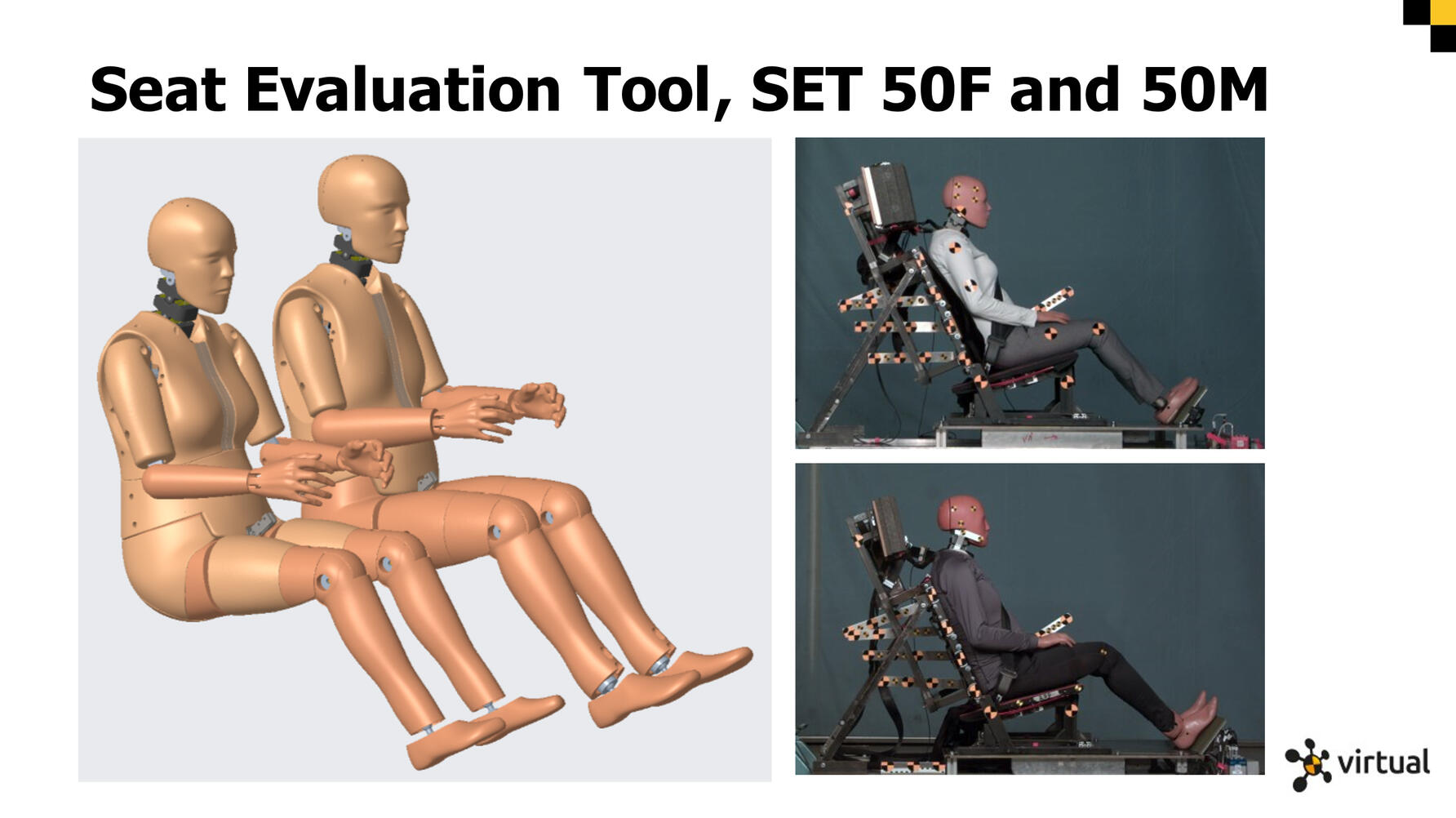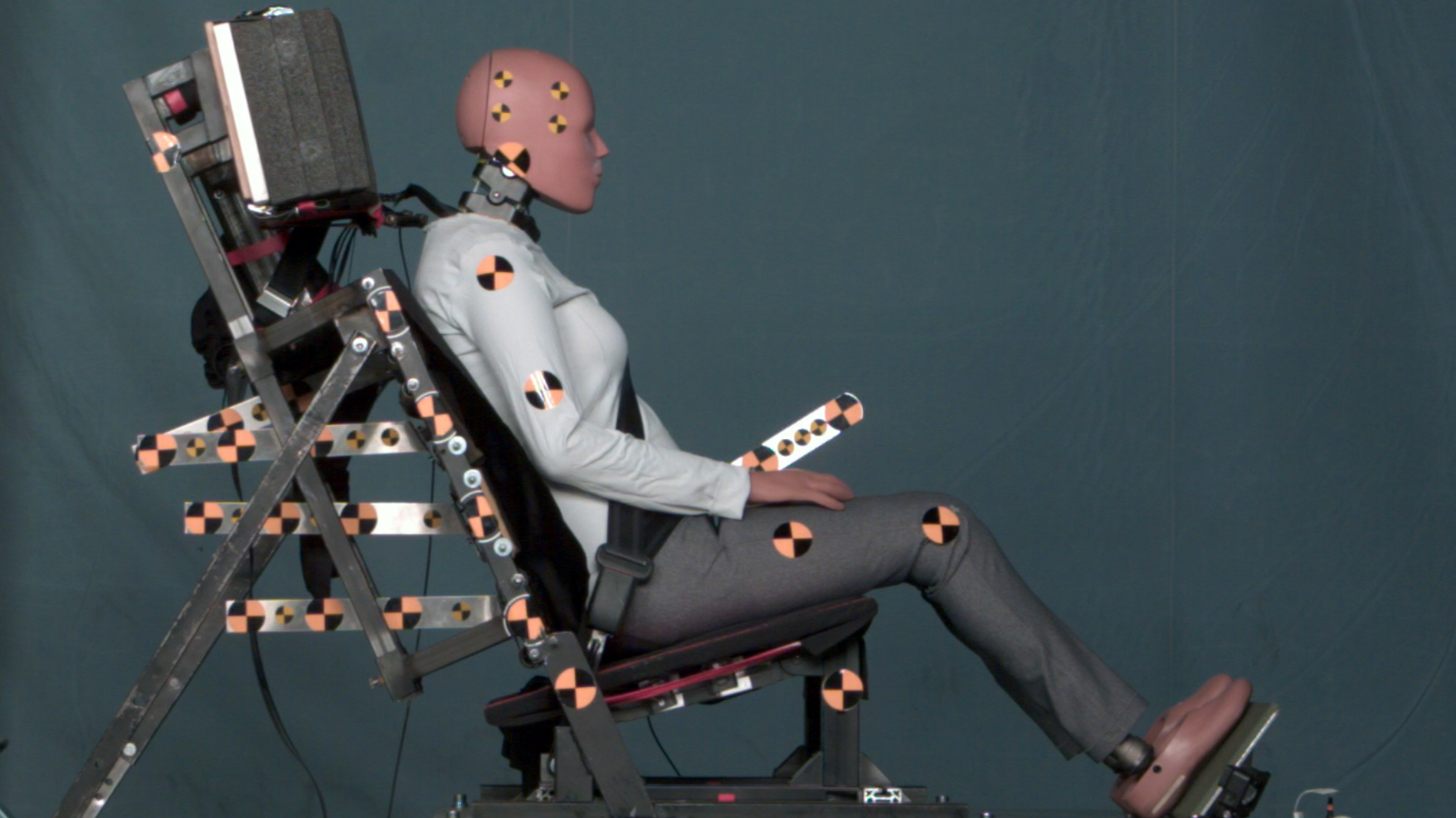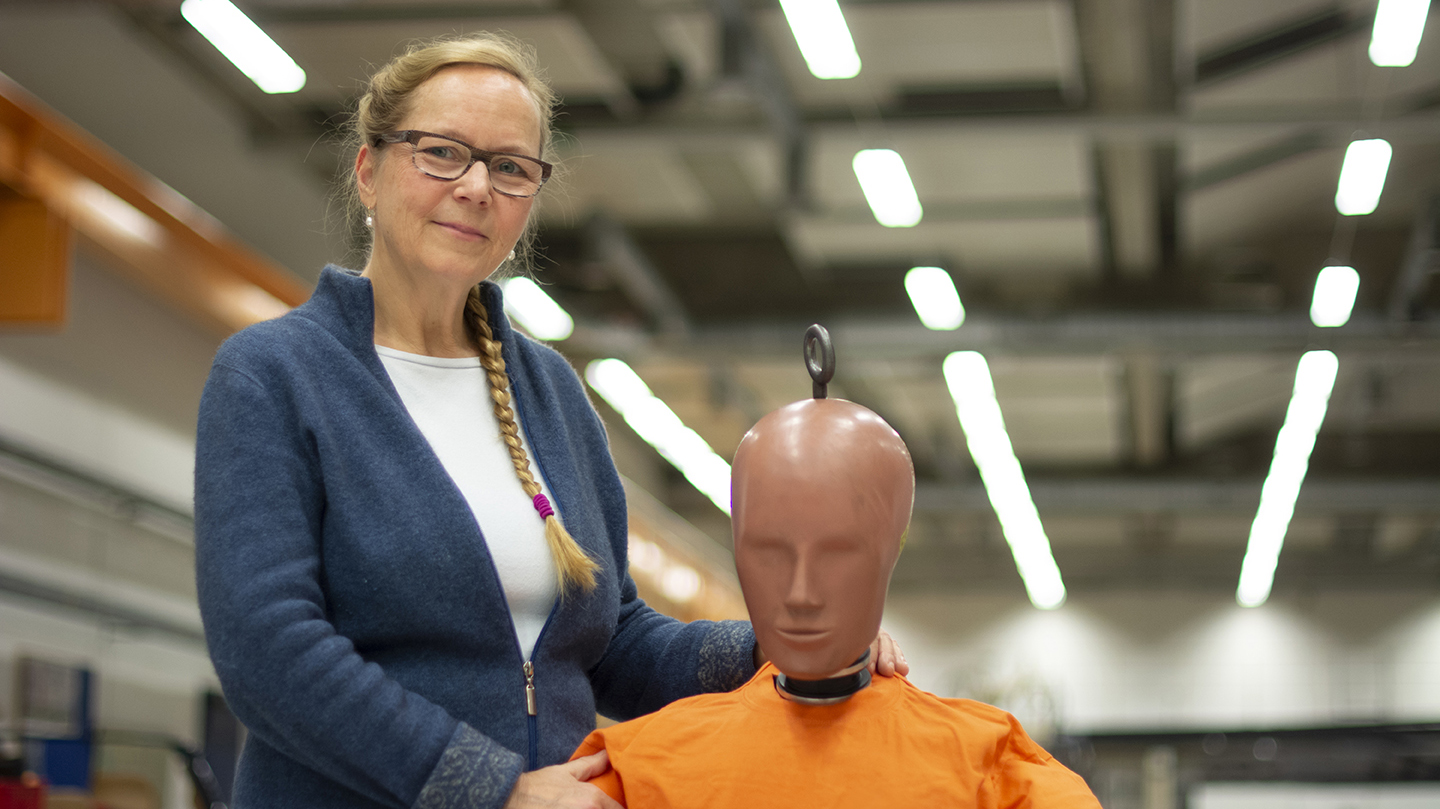
This new female crash test dummy will improve car safety for women
Crash testing has had a male bias for decades. Now a team of Swedish engineers hopes to change that
Ever since crash test dummies were first introduced in the 1950s, there has been an inherent gender bias that means testing has centred around the average male body.
Dummies used to represent women in EuroNCAP (Europe) and NHTSA (US) tests are essentially scaled-down versions of the standard 95th percentile male dummy, with the smaller iterations being a 50th percentile male dummy and a 5th percentile female dummy. That means the latter is around 150cm tall and represents the smallest five per cent of women in America. Or at least it did when it was developed in the 1970s, and it doesn’t follow female-like anthropometry. EuroNCAP has been using the 5th percentile dummy in the driver’s seat of the full width frontal impact test since 2015, but results are then not broken down by gender.
More recent testing data also shows that women are more likely to be injured in matching crashes. In 2019, the Center for Applied Biomechanics at the University of Virginia published a paper that said in a frontal crash of the same speed and severity, women were 73 per cent more likely to be injured than men.
And yet there has never really been a dummy that properly represents an average adult woman. Until now.
As first reported by BBC News, a team of engineers in Sweden has developed a 162cm tall female dummy that weighs 62kg and better replicates a female body.
Dr Astrid Linder (pictured above) is the head of the project and the director of traffic safety at the Swedish National Road and Transport Research Institute. “By having the whole population represented in the assessment of safety it will be possible to identify, in testing, the best performing safety solutions of cars for both women and men,” she tells TG.
“Today that is not possible. Today we can only see this from injury statistics, long after the models have been released.
“The main differences between the average female and male model that we have made (we have created both) are weight, height, shape of the body (torso and pelvis) and stiffnesses in the spine.”
You can see the visual differences between the two new dummies in the comparison image below. Could this mark a turning point in the world of crash testing? Well, that’s up to the regulators and testers, but here’s hoping change is finally coming.

Top Gear
Newsletter
Thank you for subscribing to our newsletter. Look out for your regular round-up of news, reviews and offers in your inbox.
Get all the latest news, reviews and exclusives, direct to your inbox.









